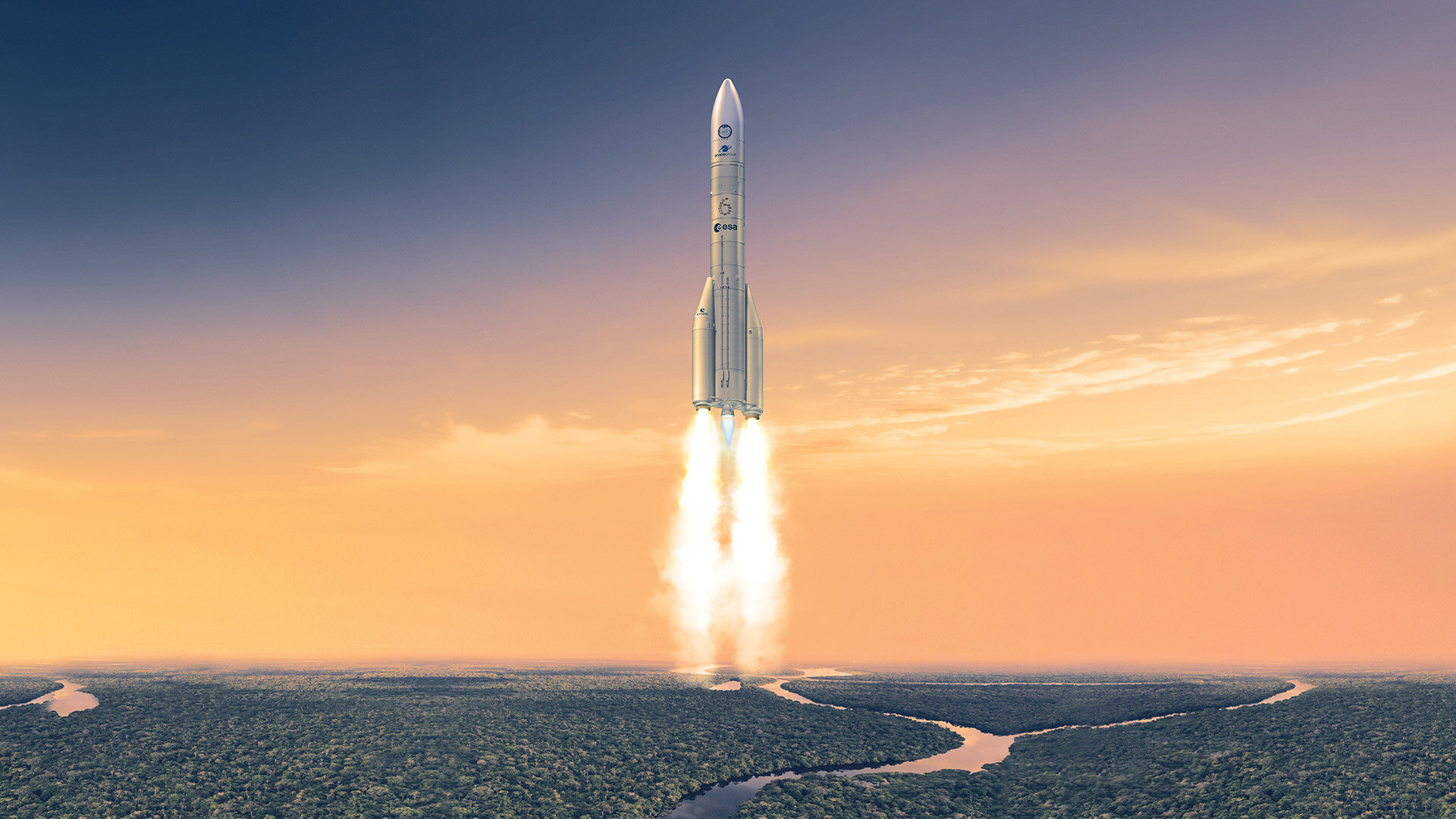
Europe's Space Agency (ESA) is set to launch the inaugural flight of Ariane 6, its newest heavy-lift rocket, on July 9, 2024. The announcement was made by ESA Director General Josef Aschbacher at the ILA Berlin Air Show. This milestone marks a significant step forward for European sovereignty in terms of access to space.
ESA's decision to turn to SpaceX for the launch of EarthCARE on May 28, 2024, was due to delays and failures that forced the agency to seek alternative solutions. However, this collaboration has led ESA to select Thales Alenia Space and The Exploration Company for study contracts in its commercial cargo program.
Meanwhile, the Zero Debris Charter was signed by the first group of 12 countries, marking a crucial step towards reducing anonymous objects in space and increasing chances of success for missions after launch and deployment.
SIDLOC, an experiment from Greek non-profit Libre Space Foundation aimed at making space safer by speeding up spacecraft identification, is set to be launched aboard Ariane 6. This open-source beacon will transmit a broad-spectrum signal containing structured data about the spacecraft for rapid identification and location.
The development of Ariane 6 has seen cost reductions made in the rocket itself by simplifying construction. Horizontal integration, which makes the integration building cheaper, was also implemented. However, vertical assembly is still required to install solid boosters on the launch pad when the rocket is vertical.
ESA's goal with Ariane 6 is to reduce costs compared to its predecessor, Ariane 5. The organization has streamlined its organization and launch campaign, making it take up less time and enabling more rockets to be processed in parallel. This increases schedule flexibility.








